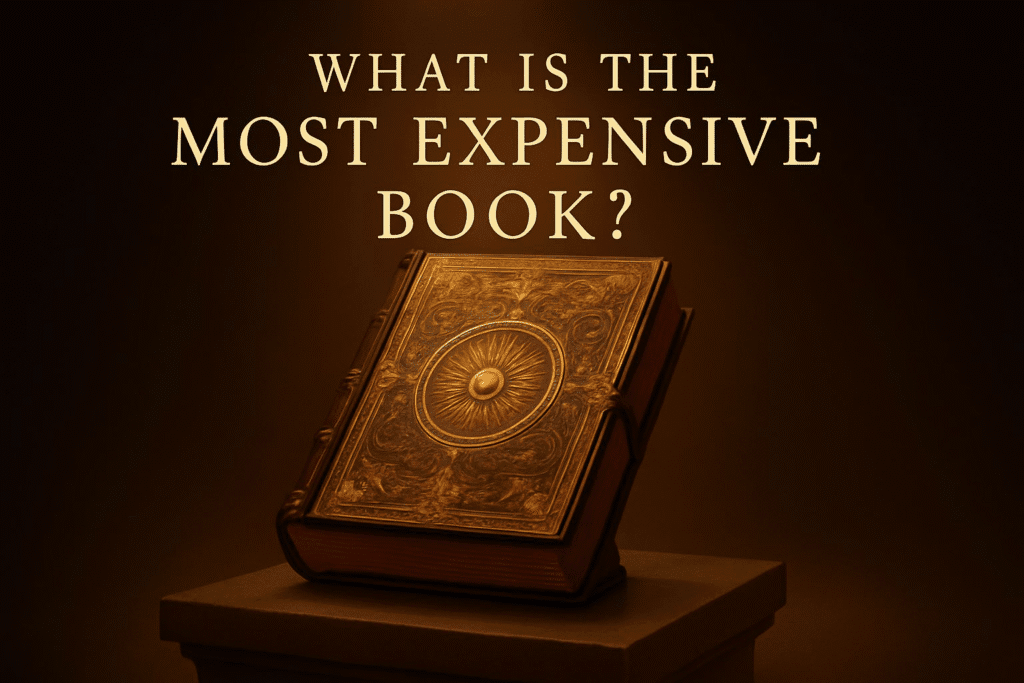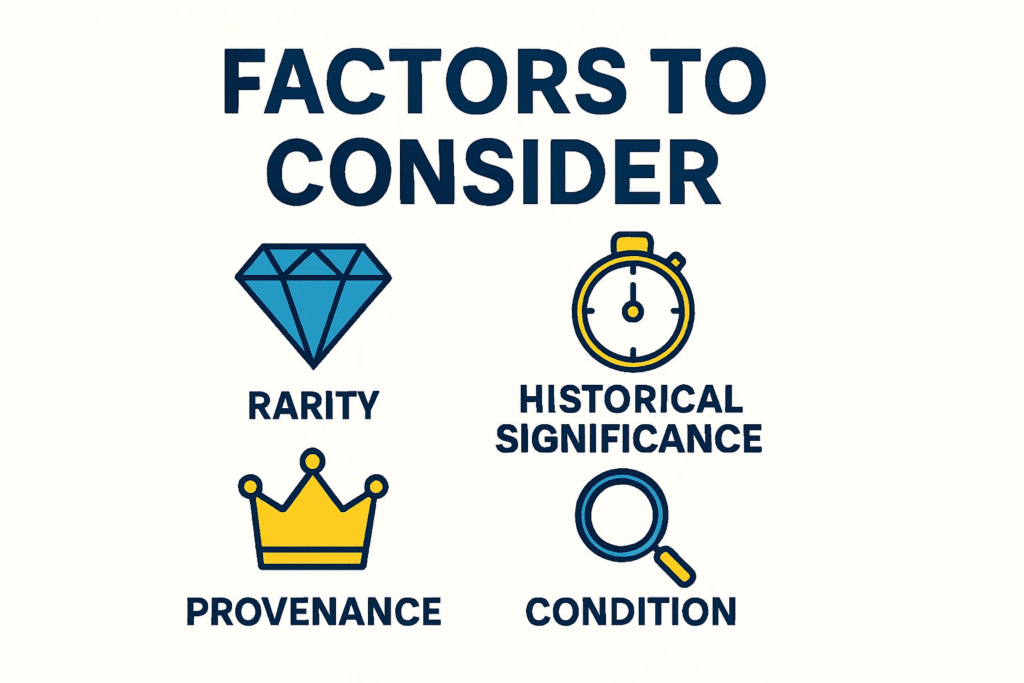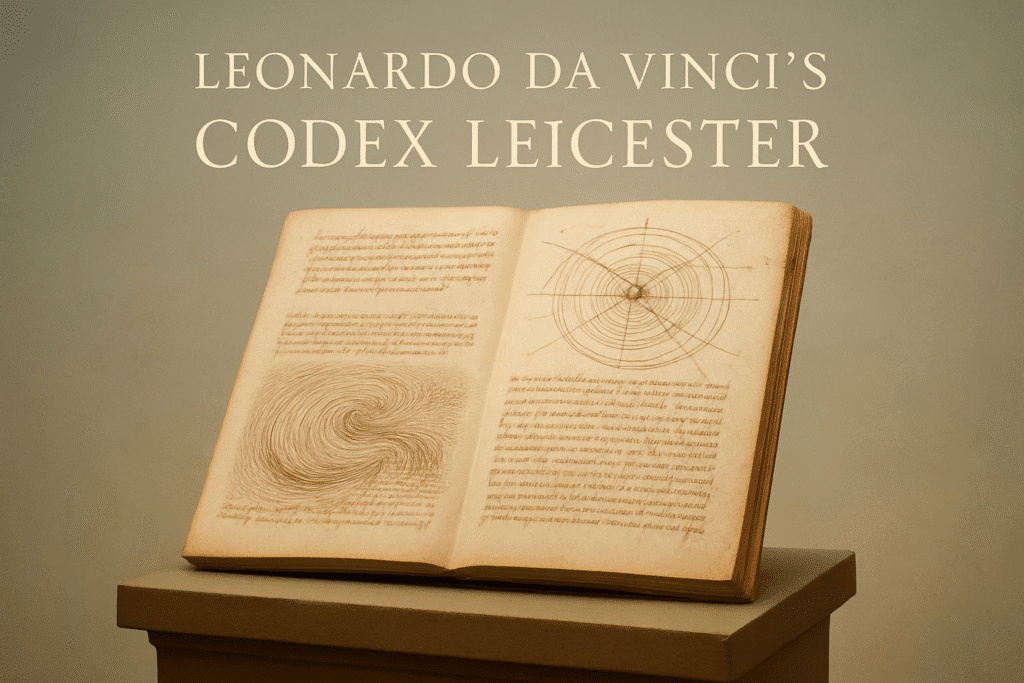Introduction

Books have always held a special place in human history, not just as vessels of knowledge but also as treasures of art, culture, and innovation. While the words on their pages can carry priceless ideas, some books themselves command staggering price tags. But what makes a book worth millions? Is it the rarity of its pages, the story it tells, or the history it represents?
From ancient manuscripts handwritten by legendary figures to rare first editions and one-of-a-kind bindings, the world’s most expensive books are a testament to the enduring value of literature. These works are more than just objects—they are windows into the past, connecting us to pivotal moments in history and the minds of brilliant authors, thinkers, and artists.
In this blog, we’ll explore the fascinating world of rare and valuable books, diving into what makes a book so expensive, uncovering the record-holder for the priciest book ever sold, and discovering other notable works that have fetched extraordinary prices. By the end, you’ll gain a deeper appreciation for the stories, history, and craftsmanship that make these books treasures of unimaginable worth.Books are more than mere objects; they are storytellers, historians, and works of art. Over centuries, some books have transcended their physical forms to become symbols of cultural preservation and intellectual achievement. Rare and valuable books like the Codex Leicester have captivated collectors, historians, and the public alike, offering glimpses into the lives and minds of their creators.
The fascination with expensive books reflects humanity’s appreciation for history, craftsmanship, and exclusivity. Whether it’s a handwritten manuscript from a legendary figure or a rare first edition, these treasures embody stories that go beyond their pages. Exploring the most expensive books in the world reveals how the written word continues to hold power—not just through ideas but also as cultural artifacts.
What Makes a Book Expensive?

The value of a book is often tied to more than just its content—it can be influenced by a variety of factors, including rarity, historical significance, condition, and provenance. These elements work together to make certain books coveted treasures, sometimes worth millions.
Rarity
One of the most significant drivers of a book’s value is its scarcity. Limited editions, first printings, or one-of-a-kind manuscripts are highly sought after by collectors. For instance, the Gutenberg Bible, one of the earliest books ever printed, is rare because only a few complete copies exist today.
Historical Significance
Books that are tied to important moments in history or penned by influential figures often carry immense value. The Codex Leicester by Leonardo da Vinci is a prime example, as it showcases the genius of one of history’s greatest minds. Similarly, books connected to pivotal events or eras—such as early religious texts—are prized for their historical importance.
Condition
The physical state of a book can greatly impact its value. Well-preserved copies, especially those with original bindings and intact pages, are worth far more than damaged or incomplete versions. Preservation techniques play a key role in maintaining a book’s worth over time.
Provenance
A book’s ownership history can significantly enhance its value. If a rare book belonged to a notable individual, such as a monarch, celebrity, or historical figure, its provenance adds prestige and exclusivity. For collectors, owning something that once graced the hands of a famous person is part of the appeal.
Cultural and Artistic Value
Some books are considered works of art due to their intricate illustrations, craftsmanship, or unique designs. For example, The Birds of America by John James Audubon is celebrated not just for its content but also for its stunning hand-painted illustrations, making it one of the most valuable books in the world.
Ultimately, the worth of a book lies in its ability to connect us to the past, celebrate artistic brilliance, and tell a story of its journey through time. This blend of history, rarity, and craftsmanship is what makes certain books priceless treasures.
The Codex Leicester: The Most Expensive Book Ever Sold

When it comes to the most expensive book ever sold, The Codex Leicester holds the crown. This extraordinary manuscript, created by the legendary polymath Leonardo da Vinci in the early 16th century, is a priceless piece of history and scientific genius.
What is the Codex Leicester?
The Codex Leicester is a collection of 72 pages filled with Leonardo da Vinci’s scientific observations, theories, and sketches. Written in his famous mirror script, the manuscript covers topics ranging from astronomy and geology to the movement of water. It offers a fascinating glimpse into the mind of one of history’s greatest thinkers, showcasing his ability to blend art and science seamlessly.
Why is it so valuable?
The value of the Codex Leicester lies in its unparalleled historical and intellectual significance. As an original work by da Vinci, it represents a rare and direct connection to the Renaissance era and one of its most iconic figures. The manuscript’s insights into scientific phenomena, some of which were centuries ahead of their time, add to its extraordinary value.
The Record-Breaking Sale
In 1994, the Codex Leicester was sold at auction for a staggering $30.8 million (equivalent to approximately $54.4 million today, adjusted for inflation). The buyer was none other than Bill Gates, who acquired it not only as an art collector but also to make it accessible to the public. Gates later had the manuscript digitally scanned and shared its contents through exhibitions and media.
A Symbol of Renaissance Genius
The Codex Leicester stands as a testament to Leonardo da Vinci’s brilliance and curiosity about the natural world. It bridges the gap between art, science, and history, making it one of the most treasured books in existence.
With its breathtaking combination of rarity, historical significance, and intellectual depth, the Codex Leicester remains a symbol of human creativity and achievement, justifying its place as the most expensive book ever sold.
Other Remarkable Expensive Books
While the Codex Leicester holds the title of the most expensive book ever sold, other literary masterpieces have fetched extraordinary prices. These books, valued for their rarity, history, and craftsmanship, represent some of the most remarkable treasures in the literary world.
The Book of Mormon (Printer’s Manuscript)
In 2017, the printer’s manuscript of the Book of Mormon was sold for $35 million, making it one of the most valuable books in history. This 1830 document, containing the text used to produce the first printed edition of the Book of Mormon, is a cornerstone of the Latter-day Saints’ religious history.
The Gutenberg Bible
The Gutenberg Bible, printed around 1455, is celebrated as the first major book produced using movable type. Only a few complete copies exist today, and one of them was sold for over $5.4 million in 1987 (equivalent to around $13 million today). Experts estimate its current value to be upwards of $35 million, given its historical and cultural significance.
The Birds of America by John James Audubon
This four-volume set, published between 1827 and 1838, features stunning hand-painted illustrations of birds. Known for its artistic brilliance and scientific accuracy, a copy of The Birds of America sold for $11.5 million at auction in 2010.
The St. Cuthbert Gospel
Believed to be the oldest surviving intact European book, the St. Cuthbert Gospel is an extraordinary artifact. Written in the 7th century, it was sold to the British Library in 2012 for $14.3 million. Its remarkable condition and historical importance make it a true treasure.
The Bay Psalm Book
The Bay Psalm Book, printed in 1640, holds the distinction of being the first book printed in what is now the United States. A copy sold for $14.2 million in 2013, reflecting its importance in American printing and religious history.
These books are not just valuable; they are cultural and historical artifacts that connect us to pivotal moments in time. Their extraordinary prices reflect their unique blend of rarity, significance, and craftsmanship, making them timeless treasures in the literary world.
Why Do People Buy Expensive Books?
The astronomical prices of rare books often raise the question: why would someone spend millions on a single book? For many collectors, institutions, and investors, owning such a treasure goes beyond financial value—it’s about passion, history, and prestige.
Passion for History and Literature
For bibliophiles and historians, rare books are tangible connections to the past. They represent a unique opportunity to preserve and celebrate human creativity and achievement. The chance to own a book written, illustrated, or printed centuries ago is irresistible to those who revere history and literature.
Investment Opportunities
Rare books are often seen as long-term investments. Their value tends to appreciate over time, especially if they become increasingly rare. For example, books like the Gutenberg Bible and The Birds of America have seen consistent growth in their worth, making them highly attractive to investors seeking stable and unique assets.
Prestige and Exclusivity
Owning an expensive book is often a statement of prestige. Many collectors purchase rare books to showcase their refined taste, cultural knowledge, and commitment to preserving history. These books are more than just objects—they are symbols of status and intellectual accomplishment.
Cultural and Institutional Preservation
Institutions such as museums and libraries often acquire rare books to preserve them for future generations. For instance, the British Library’s purchase of the St. Cuthbert Gospel was driven by its goal of making this extraordinary work accessible to the public while ensuring its preservation.
Emotional Connection
For some buyers, the value of a book lies in its emotional resonance. A collector might seek out a rare edition of a beloved work or a text that reflects personal interests, such as art, science, or religion. The personal connection to a book often outweighs its monetary value.
The purchase of rare books is a testament to the enduring appeal of literature and the written word. For buyers, these books are not mere commodities—they are treasures that reflect human ingenuity, preserve history, and provide inspiration for generations to come.
Conclusion
Rare and expensive books are more than just artifacts—they are gateways to history, art, and human ingenuity. Whether it’s the Codex Leicester, filled with Leonardo da Vinci’s groundbreaking observations, or the Gutenberg Bible, a symbol of the printing revolution, these treasures hold immeasurable cultural and intellectual value.
The most expensive books in the world are coveted not just for their price tags but for their stories. Each one represents a moment of discovery, a feat of craftsmanship, or a milestone in human achievement. These books connect us to the past, remind us of the importance of preserving knowledge, and inspire awe with their timeless beauty.
As collectors, institutions, and libraries continue to safeguard these works, they ensure that future generations can explore and appreciate the legacy of these extraordinary creations. Rare books are not just valuable objects—they are testaments to the enduring impact of literature and the written word.
Let this journey through the world’s most expensive books inspire curiosity about the stories behind the pages and the history that makes them priceless.
FAQ’s
What is the most expensive book ever sold?
The Codex Leicester by Leonardo da Vinci holds the title as the most expensive book ever sold. It was purchased by Bill Gates in 1994 for $30.8 million, which is roughly $54.4 million today, adjusted for inflation
Why are some books worth millions?
Factors like rarity, historical importance, condition, provenance, and artistic or cultural significance contribute to a book’s high value. These elements make certain books irresistible to collectors and institutions.
Are expensive books always old?
Not necessarily. While older books often fetch high prices, modern books with unique features—such as special editions or manuscripts—can also be extremely valuable. For example, the printer’s manuscript of the Book of Mormon sold for $35 million in 2017.
Who buys expensive books?
Rare books are purchased by private collectors, investors, museums, and libraries. These buyers are often driven by passion, preservation goals, or the desire to own a piece of history.
Can books increase in value over time?
Yes, books can appreciate in value, especially if they become rarer or gain cultural relevance. Factors like condition and provenance also play a role in determining their long-term worth.
